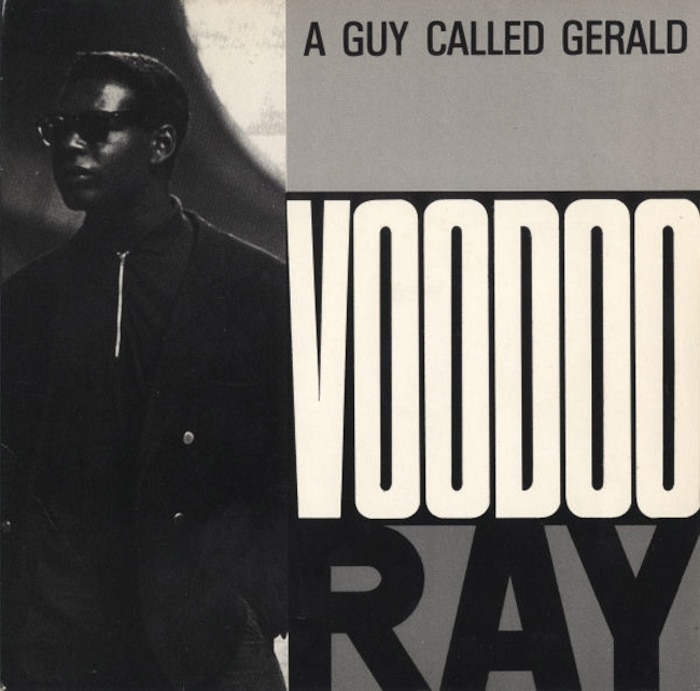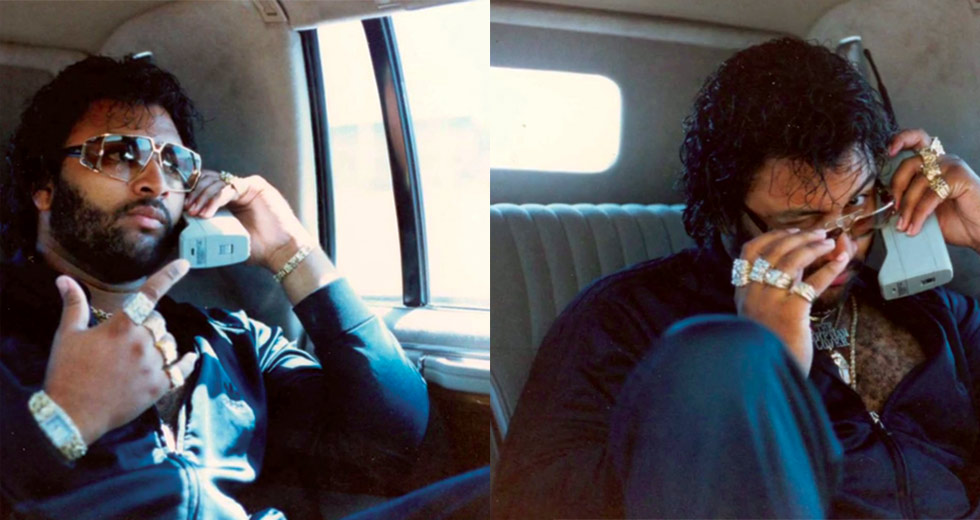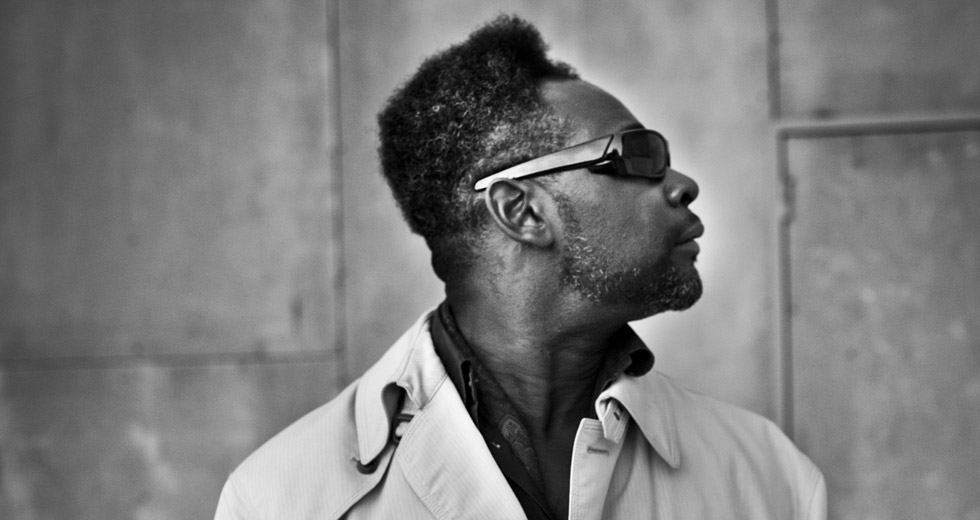Key Tracks: A Guy Called Gerald on “Voodoo Ray”
It’s almost hard to fathom the creativity that was taking place in the ‘80s in Manchester. Thriving record shops, talented radio DJs and a booming club scene all made it one of the UK’s most electrifying cities. Gerald Simpson grew up in this crucible, and it’s not hard to understand how he came to write some of the most indelible tunes of the era. When we talked with him at the London Academy in 2010, he walked us through one of the biggest – “Voodoo Ray” – a hit that came to define acid house and the second Summer of Love at the Hacienda. Below is an edited version of his explanation of how the track came to be.

“Voodoo Ray” was in 1988. For technical people out there, it was pre-DAT and the studio I was using had a machine called the F1 and it was Betamax, so we did the recording onto Betamax. That’s why it sounds like it was done only a couple of years ago, but it was really 20-odd years ago.
There was no MIDI around, all drum machines and synths with MIDI were the more expensive machines in those days. I was buying stuff cast out by the studios, so we’d go to second-hand shops and buy old instruments that were either broken or things no one wanted or used anymore. I had a TR-808 with no manual, just got it from the shop. I found it was easy to trigger the other machine I had, which was a Roland SH-101.
At the time, I got into the idea that if both machines had the same name, I believed they could talk to each other. I took them apart to see what they were and I realised you could go from ‘trigger out’ of the 808 into the clock on the SH-101. I noticed there was a sequencer on there, but I didn’t have the manual, so I was: “How do you work the sequencer? Where’s the trigger that’s playing the sequencer?” So it was through trial and error that I realised that you put it into the clock and that plays the sequencer. I started writing stuff, writing these little notes, but it was as if the main sequencer was in my head. I’d write things that way round at first, rather than trying to do my own melodies. It was an easy way of writing.
I started writing stuff, writing these little notes, but it was as if the main sequencer was in my head.
I thought if I got another one of these 101s, got a drum machine going at the same time, incorporated the 303, which was a machine Roland made to accompany another one called the 606. All of these machines were made in the early ’80s to accompany pianists and so on, but they never took off. There was a Japanese guy working for Roland who had this idea for these accompanying machines, but it didn’t take off and they ended up in the trash can somewhere, being sold off cheap. Some ended up in Chicago, some ended up in Manchester.
It was really interesting then, the whole electronic music thing was almost like taboo. It was classed as soulless blips and bleeps in the media. What I was trying to show at that time was that it had emotion. It wasn’t the instrument, it was how you used it yourself. I think even today people push with that vibe. Someone could be sat with a computer and another person could be sat with a guitar, and you might think that’s more real ’cause you can get more emotion out of it. But it’s the feeling of what you’re doing that creates the emotion, it’s not just the act.

